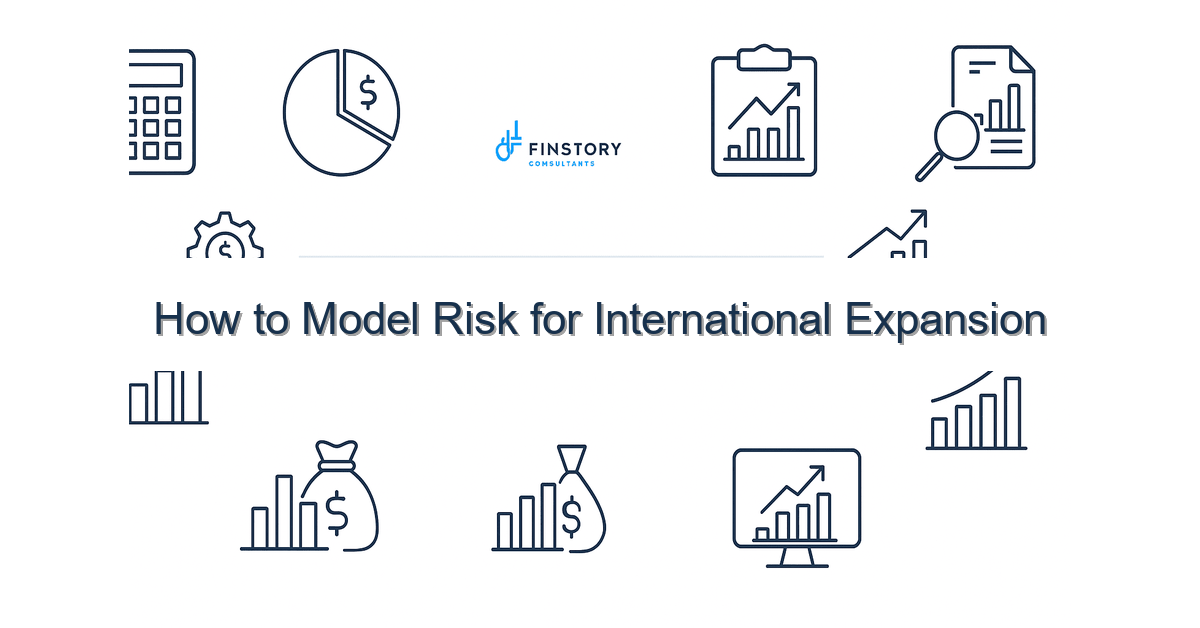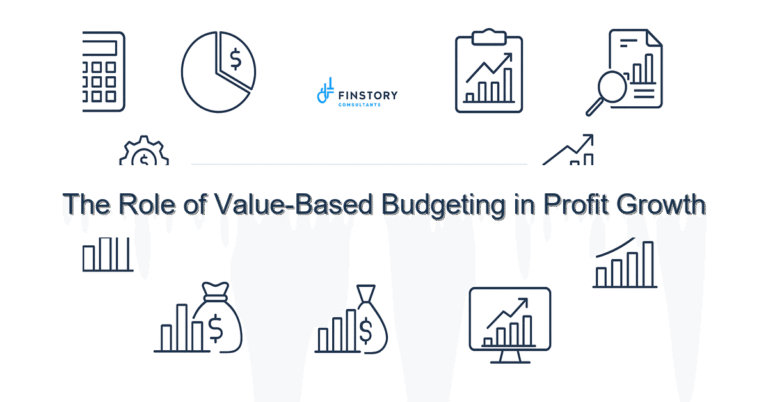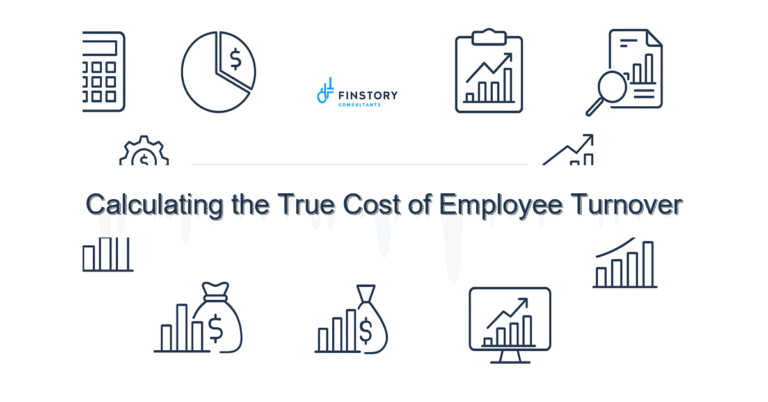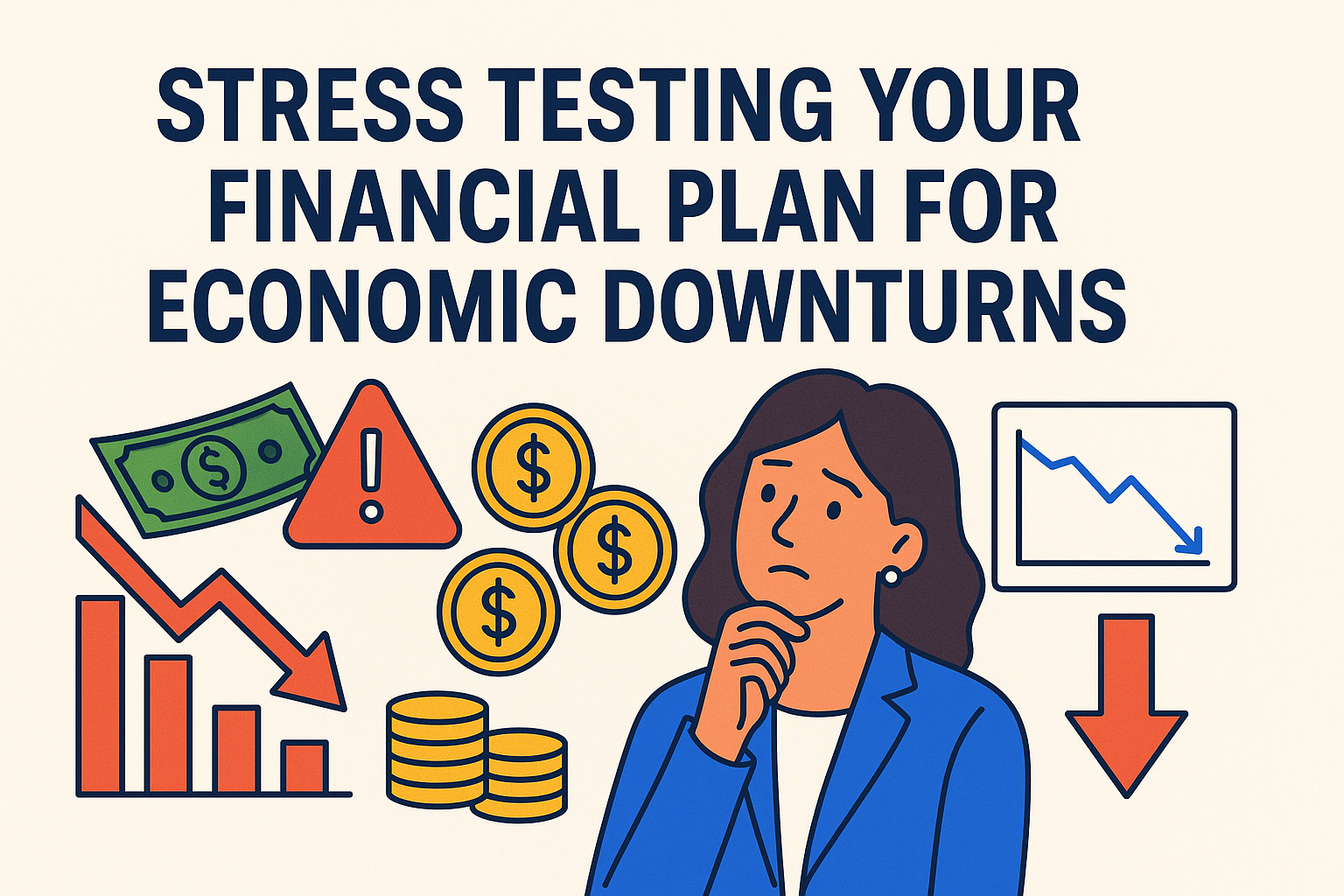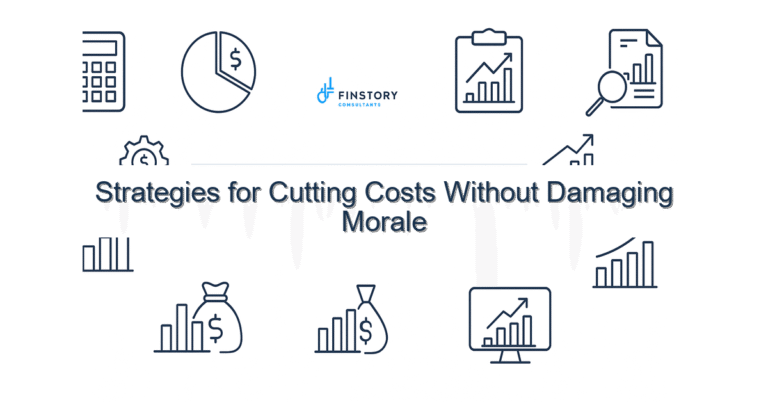How to Model Risk for International Expansion
You’re juggling patient safety, regulatory complexity, and a target that demands growth. Expanding into a new country feels exciting—and risky. You need a clear way to model risk for international expansion without getting buried in spreadsheets.
Summary: Build a practical, repeatable risk model that ties scenarios to cash, operations, and compliance. With a 4-step framework and a short implementation checklist you can reduce forecast error, speed decision cycles, and present a defensible case to boards and investors.
What’s the real problem?
Expanding abroad in healthcare isn’t just a new revenue line. It touches clinical quality, supply chains, reimbursements, taxation, and reputational risk. Finance teams often treat international projects like domestic pilots and miss systemic differences—leading to surprises in budget, timelines, and outcomes.
- Cash forecasts that blow up when reimbursement timing differs by country
- Unplanned regulatory hold-ups that delay launches by months
- Underestimated working capital needs for localized supply chains
- Board questions about downside scenarios you didn’t model
What leaders get wrong
Most leaders mean well, but common approaches miss the mark:
They build one-off spreadsheets that mix best-case assumptions with conservative contingencies. That creates models no one trusts. They assume exchange rates and tariffs are small line items. They treat compliance timelines as soft estimates. And they treat risk as a list of bullets rather than probabilities tied to cash impact.
Put simply: they model outcomes, not the drivers of outcomes. That makes the models brittle and hard to update when reality changes.
A better approach
Model risk for international expansion by linking scenarios to drivers, probabilities, and cash impact. Use this 4-step framework:
- Map the value chain: From regulatory approvals to local payroll, identify the 8–12 critical drivers that change by country (reimbursement lag, FX pass-through, VAT timing, clinical staffing ratios, etc.).
- Build modular scenario blocks: Create interchangeable modules for market entry speed, pricing, payer mix, and supply chain reliability. Combine modules to form scenarios (Base / Delay / Adverse).
- Attach probabilities and cash impacts: Use historical data, local experts, and sensitivity ranges to assign likelihoods. Convert operational changes to cash flow—how does a 60-day regulatory delay affect working capital and revenue timing?
- Automate scenario roll-ups: Link the modules into a central model that feeds into P&L, cash, and KPIs. Keep the model auditable and refreshable.
Real-world story: A mid-size medtech company planned a fast launch in three EU countries. Their initial model assumed uniform reimbursement timing. After mapping local payer processes (step 1), they learned one country had a 90–120 day claims delay. When they attached cash impact (step 3), their funding needs rose by 25% for Q1—information that stopped them from running out of cash mid-launch and saved the program.
Quick implementation checklist
- List top 10 drivers that differ between your home market and the target country.
- For each driver, collect one hard data point (payment lag, tax rate, wage rate) and one expert estimate.
- Create 3 scenarios: Base, 25% worse, and 50% worse for each driver.
- Quantify each scenario’s monthly cash impact for the first 12 months post-launch.
- Model FX exposure separately and run a sensitivity for ±10% FX moves.
- Identify the single biggest capital pressure month and create a mitigation plan.
- Set a decision gate: go/no-go when cash runway < X months or N regulatory approvals delayed.
- Build one slide that shows the range of NPV outcomes and the probability-weighted NPV.
- Assign owners for updates: someone must refresh assumptions after each supplier, regulatory, or market event.
What success looks like
Measureable outcomes tell you the model works:
- Forecast accuracy: reduce first-year cash forecast variance from ±40% to ±15%
- Faster decision-making: reduce board approval time for international projects from 6 weeks to 2 weeks
- Cycle time: scenario refreshes take under 2 business days
- Capital efficiency: lower contingency reserve needs by showing probability-weighted outcomes (improve ROI on expansion by 10–20%)
- Compliance readiness: reduce unplanned regulatory delays by tracking approval milestones
Risks & how to manage them
Top three risks and practical mitigations:
- Regulatory delay: Mitigation—map the approval process and add a time buffer; hire local regulatory counsel; include milestone-based payments to vendors.
- Cash shortfall due to reimbursement lag: Mitigation—model payer timing, arrange short-term credit lines, and negotiate advance payments or milestone payments where possible.
- FX and taxation surprises: Mitigation—run FX sensitivities, implement natural hedges (local sourcing), and build tax scenarios into the model; consult local tax advisors early.
Tools & data
Build the model with a mix of automation and human judgment. Recommended tools and data sources:
- Finance automation platforms to centralize assumptions and version control (link with your ERP)
- Power BI or similar for rolling dashboards and leadership reporting—surface scenario outcomes, not raw tables
- Local market reports, payer coverage files, and audit-ready documentation for compliance timelines
- Integration with treasury tools for real-time FX and cash balances
Tip: use finance automation to reduce spreadsheet errors and Power BI for leadership reporting that updates with each scenario refresh. See our work on finance automation and cash forecasting for related best practices: Finstory Finance Automation, Cash Flow Forecasting, and a primer on local tax impacts: Global Tax for Healthcare.
FAQs
Q: How granular should my international expansion risk model be?
A: Start with 8–12 drivers and 3 scenarios. Granularity helps, but early paralysis kills progress. Focus on drivers that materially affect cash and compliance.
Q: Should we hedge FX for every country?
A: Not always. Hedge where exposure is material and predictable. For uncertain early-stage programs, model FX sensitivity first and consider operational hedges (local invoicing, local procurement).
Q: How often should we refresh the model?
A: Refresh after any material event (regulatory milestone, supplier negotiation, or significant FX move). For active launches, schedule weekly refreshes for the first 90 days, then move to monthly.
Next steps
If you want a repeatable way to model risk for international expansion—one that ties to cash, KPIs, and board-ready narratives—start with the checklist above and build the modular scenario blocks.
Need help turning this into a working model and reporting package? Contact Finstory for a tailored engagement: we map your drivers, build the financial model, stand up dashboards in Power BI, and train your team to run it. Our clients see faster approvals and better-funded launches.
Work with Finstory. If you want this done right—tailored to your operations—we’ll map the process, stand up the dashboards, and train your team. Let’s talk about your goals.
Primary keyword: model risk for international expansion
Long-tail variations: risk modeling for healthcare international expansion; financial risk model for expanding abroad; international expansion risk model for healthcare operations
📞 Ready to take the next step?
Book a 20-min call with our experts and see how we can help your team move faster.
Prefer email or phone? Write to info@finstory.net
or call +91 44-45811170.
